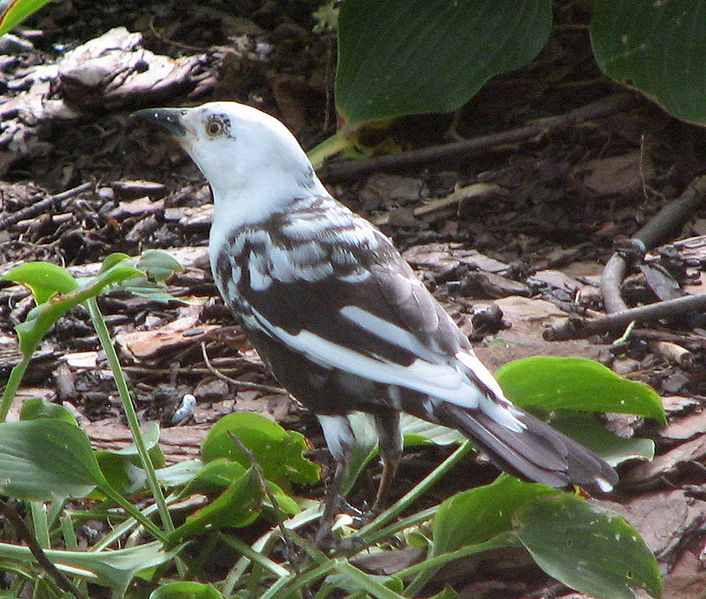
We’ve all seen a bird perched at the feeder that doesn’t look quite right. It might have the regular plumage of a Northern Cardinal in some parts but strange white patches elsewhere, or it might have really pale plumage to the point where it looks bleached.
If you think it might have a disease or infection, there’s no need to be worried. The bird most likely suffers from leucism, which is a genetic mutation that affects the pigmentation in animals. The lack of color in leucistic birds is caused by a genetic defect that prevents melanin from being deposited into the feathers.
There are two types of leucism. The first is general paleness. For example, there are some birds in which all the feathers are uniformly lighter. The other is called pied leucism, which is when the bird has white patches.
While leucistic birds don’t suffer any internal effects from their odd appearance and genetic mutation, they usually have many other problems as a result. The white splotches on their body typically ruin any camouflage and make the birds more visible to predators.
Another negative consequence they face from the white patches is not being able to find a mate. Without the ability to show off brightly colored breeding plumage, male leucistic birds will ultimately rarely be paired up. To a certain extent, this is nature’s way of making sure these genetic mutations don’t keep getting passed down through generations—though it seems unlikely leucism will ever completely go away.
So the next time you see one of these pale or spotted bird, just remember all the trouble and challenges it has faced getting to that point.


